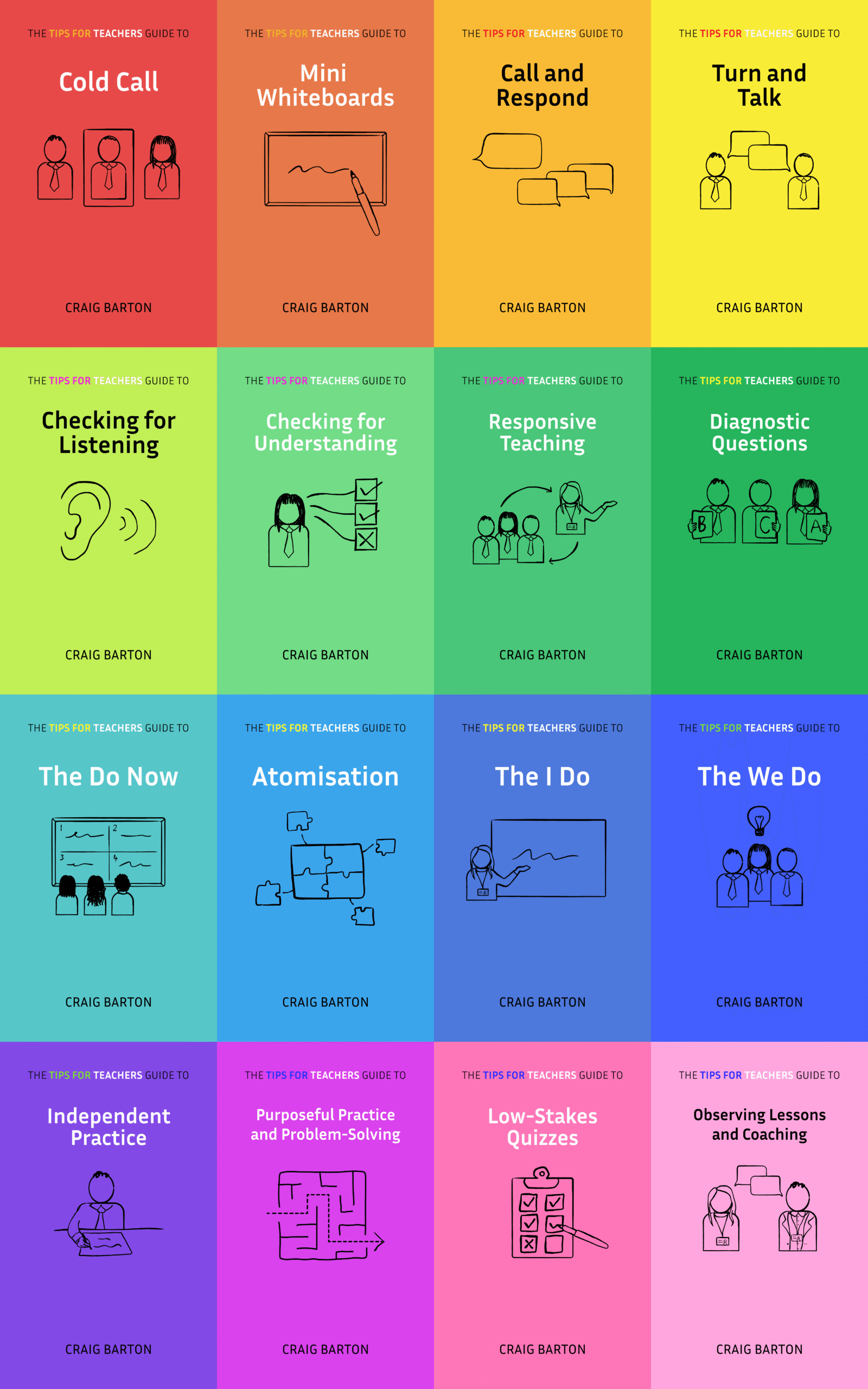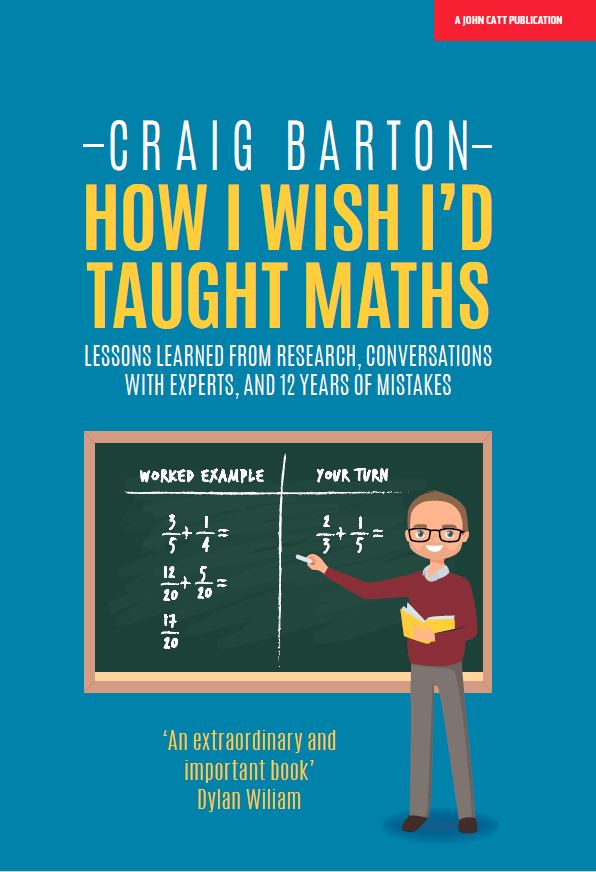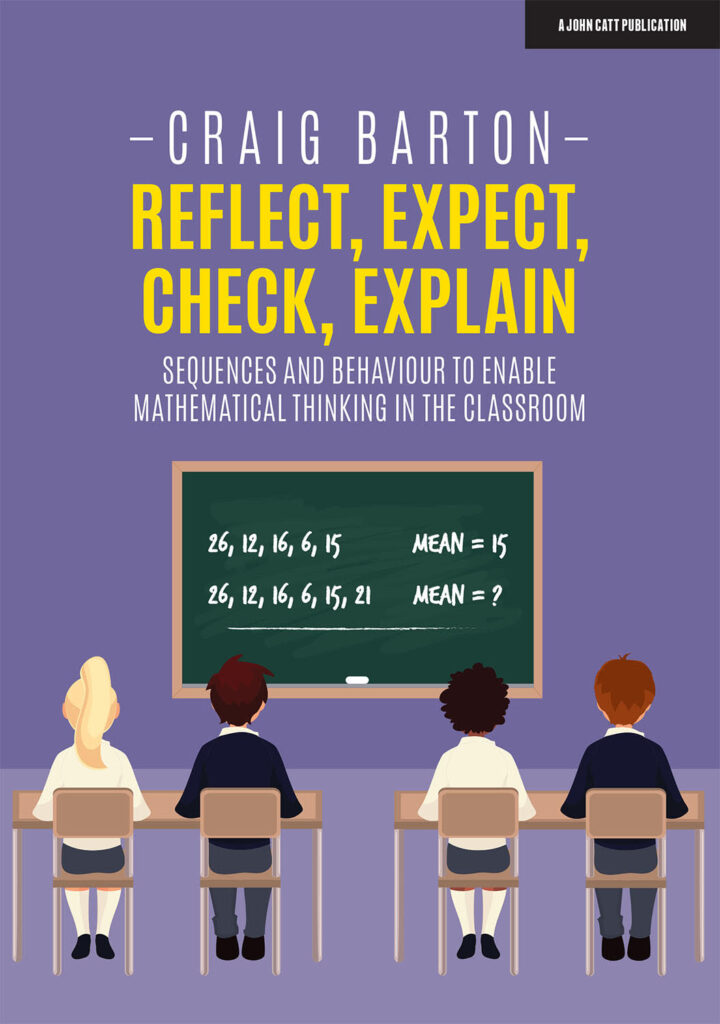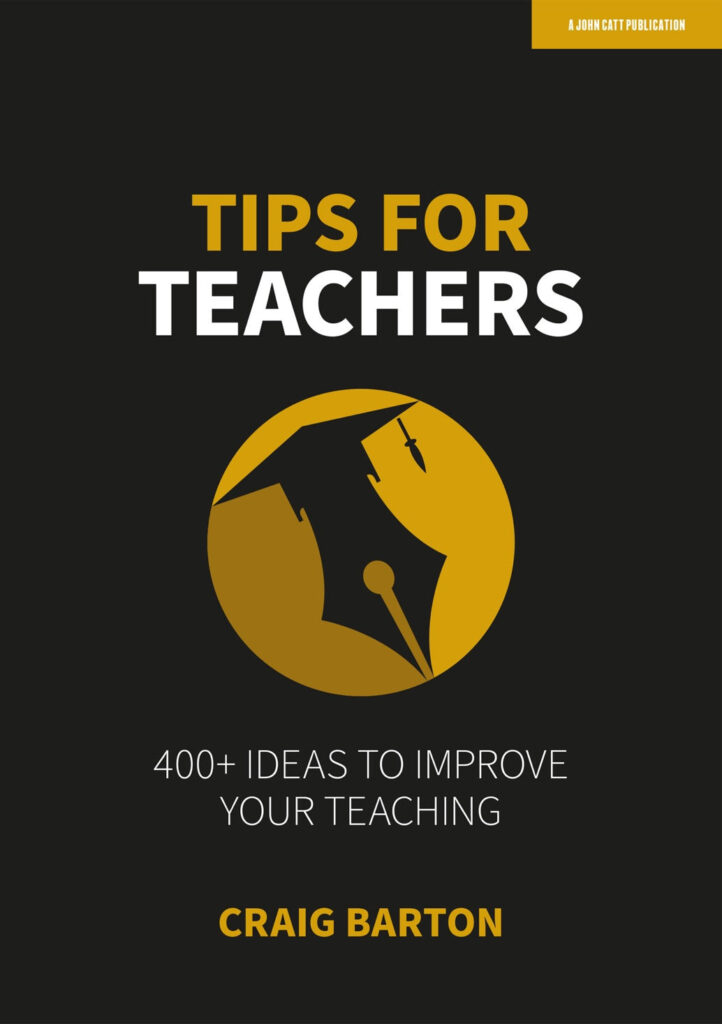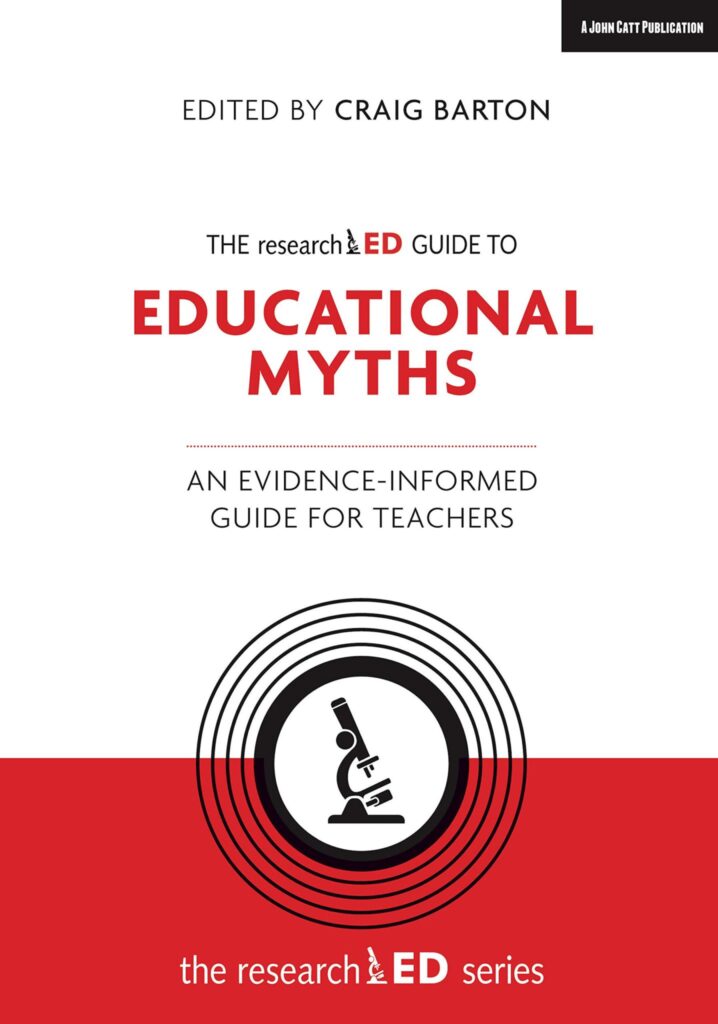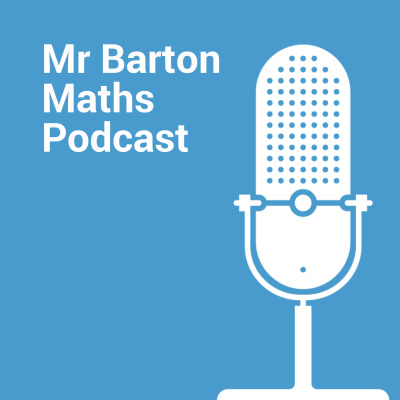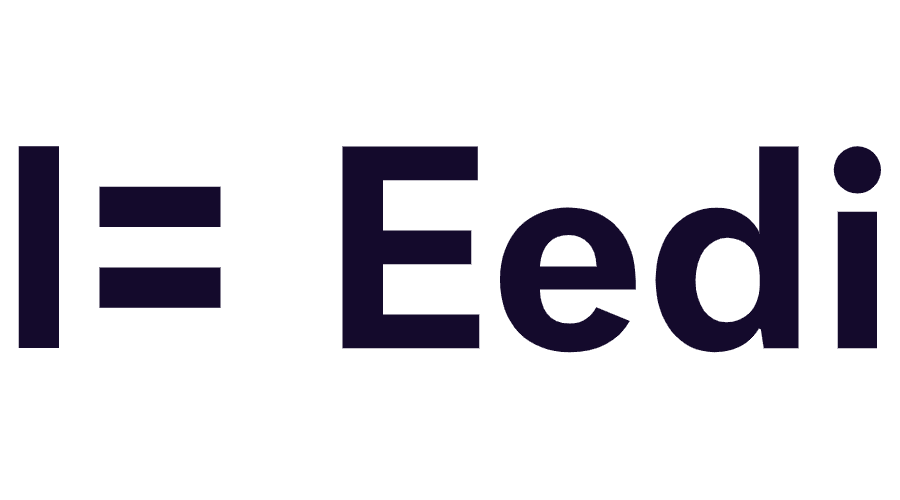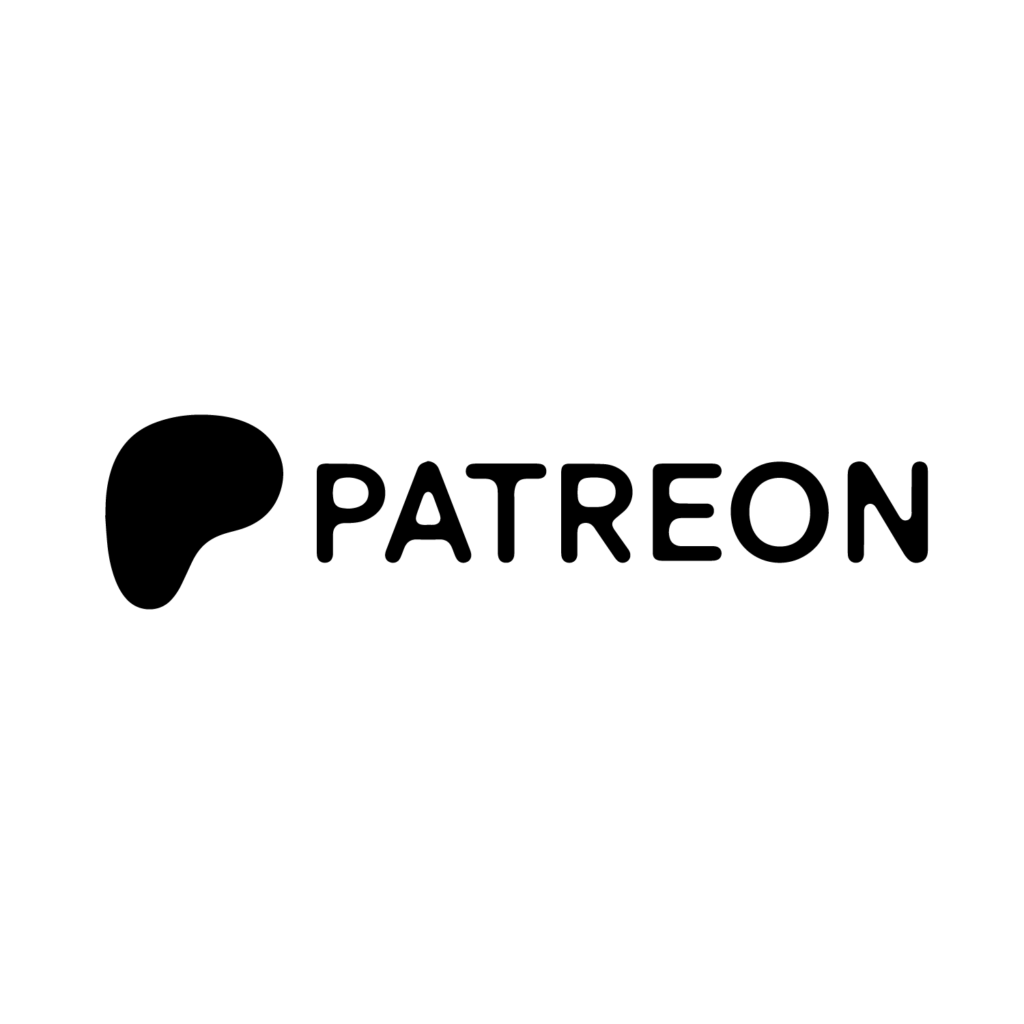
- Title: Improving Students’ Learning With Effective Learning Techniques: Promising Directions From Cognitive and Educational Psychology
- Authors: Dunlosky et at
- Access the original paper here
- Listen to a deep-dive podcast:
Paper summary
This monograph from cognitive and educational psychologists examines ten learning techniques—elaborative interrogation, self-explanation, summarization, highlighting, the keyword mnemonic, imagery use, rereading, practice testing, distributed practice, and interleaved practice—evaluating their effectiveness across various learning conditions, student characteristics, materials, and criterion tasks. The authors review existing research to determine each technique’s relative utility, assigning ratings of high, moderate, or low based on the robustness and generalizability of their benefits. The analysis considers factors such as age, prior knowledge, and material type, ultimately aiming to provide practical recommendations for students and teachers seeking to improve learning outcomes. The monograph also explores the need for further research in certain areas to confirm findings and to explore the techniques’ efficacy in real educational settings. Finally, the authors address the issue of students’ often ineffective learning strategies.
What are the key implications for teachers in the classroom?
Based on the sources, here are some key implications for teachers in the classroom:
- Teachers should be aware of effective learning techniques. Many teachers are not fully informed about the efficacy of different learning techniques, and as a result, students may not be using effective strategies.
- Teachers should explicitly teach students how to use effective learning techniques. Students may not be aware of which techniques are most beneficial, and they may be using ineffective strategies. The source notes that many students are “committed to ineffective strategies”. Teachers should consistently train students to use learning techniques.
- Effective learning techniques can be integrated into lesson plans.
- Teachers could begin a new section of a unit with a practice test (with feedback) on the most important ideas from the previous section.
- When students practice problems from a unit on mathematics, recently studied problems could be interleaved with related problems from previous units.
- Teachers could harness distributed practice by re-presenting the most important concepts and activities over several classes.
- When introducing key concepts or facts in class, teachers could engage students in explanatory questioning by prompting them to consider how the information is new, how it relates to what they know, or why it might be true.
- Homework assignments could also be designed to take advantage of these techniques.
- Teachers should encourage students to use high-utility learning techniques. The source identifies two techniques with high utility:
- Practice testing has been shown to benefit learners of different ages and abilities and has been shown to boost students’ performance across many criterion tasks and in educational contexts. Practice testing can be implemented with minimal training, for example, by using flashcards or the Cornell note-taking system.
- Distributed practice has also received a high utility assessment because of its broad benefits for learners. Distributed practice involves spacing out learning sessions over time, which is more effective than massed practice where learning sessions are back-to-back.
- Teachers should be cautious when using or recommending moderate-utility techniques. These techniques can be useful in appropriate situations, but the evidence for their efficacy may be limited, or their effects may not generalize across many variables. Three techniques with moderate-utility assessments include:
- Elaborative interrogation involves prompting students to answer “why” questions to facilitate learning. This technique may enhance learning by supporting the integration of new information with existing prior knowledge.
- Self-explanation involves having students explain some aspect of their processing during learning. Self-explanation has been shown to improve problem-solving, help students overcome misconceptions, and facilitate learning from text.
- Interleaved practice involves alternating practice of different kinds of items or problems. Interleaved practice has been shown to improve students’ learning and retention of mathematical skills.
- Teachers should be aware of low-utility techniques. These techniques are limited in their effectiveness, and students may be better served by other strategies. Five techniques were rated as low utility:
- Summarization involves having students write summaries of to-be-learned texts. This technique may help some students on some criterion tasks, but the conditions under which it is beneficial are limited. Summarization can be more beneficial when students are taught how to create accurate summaries that capture the gist of the material.
- Highlighting or underlining is a commonly used technique, but it does not consistently boost students’ performance. It may help when students have the knowledge needed to highlight more effectively, but it may hurt performance on tasks that require inference-making.
- Keyword mnemonics are difficult to implement in some contexts and may only benefit students for a limited number of materials and for short retention intervals. This technique is more effective when keywords and interactive images are provided.
- Imagery use for text learning may help some students on some tasks, but the conditions under which it is beneficial are limited. Imagery instructions have been shown to be more effective when students listen to a text rather than when they read it.
- Rereading is a popular technique, but it does not consistently improve students’ performance.
- Teachers should consider the age and abilities of their students when choosing techniques. Some techniques may not be as effective with younger students, or students with less prior knowledge. For example, younger students may struggle to produce effective summaries.
By understanding the efficacy of different learning techniques and incorporating them into their teaching practices, teachers can help their students become more effective learners.
Quote
Students and teachers who are not already doing so should consider using techniques designated as high utility, because the effects of these techniques are robust and generalize widely
